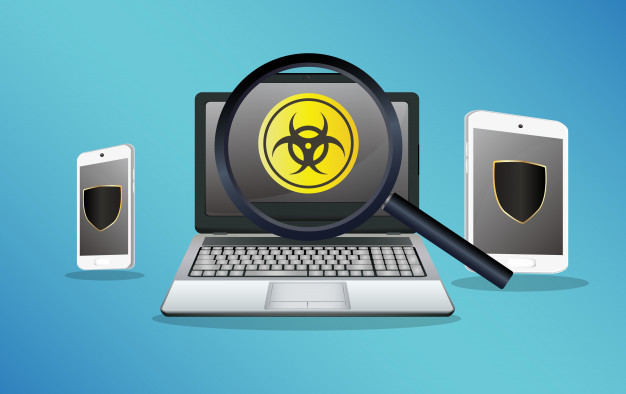Website Malware Removal
If you own a website then you need to know how to scan your site for malware. You also need to know what to do to minimize the chance that your site will be infected by malware. Here’s a quick guide to help.
How to check your website for malware
The easiest way to scan your site for malware is to invest in a high-quality website vulnerability scanner. Different products will have different levels of functionality, but the core of any decent website vulnerability scanner is a robust anti-malware scanner and a web applications firewall.

These need to be partnered with a regular anti-malware product with an integrated firewall for your local devices, including your mobile devices. Basically, there is no point in protecting your website with a robust anti-malware product while making it easy for hackers to attack your local devices and get your administrator details.
How to minimize the chance that your site will be infected by malware
In an ideal world, what you’d really like is for your anti-malware product to run quietly in the background without ever throwing up a single alert. In the real world, this is probably too much to hope for, but you can give it your best shot. Here are some steps you can take to minimize the chance that your site will be infected by malware.
Choose a host with a reliable track record on security
In principle, you can host your own website on your own servers (or on cloud servers). In practice, this usually only makes sense for enterprises with extensive in-house resources. Most SMBs are likely to find it best to use a third-party web-hosting service.
Do your research thoroughly on potential hosts and make sure that you only look at vendors who have a solid track record on security, customer service, and technical support, then look at uptime and page-load speed.
Commit to monitoring your vendor and be prepared to move your business if their service deteriorates, even if it means accepting the loss of any hosting fees you’ve already paid. Moving vendors is often easier if you buy your domain yourself directly, rather than getting it from your vendor as part of a hosting deal. This approach also means that you’re protected in the event of your hosting vendor unexpectedly going out of business.
Learn how to get the most security out of your content management system
All of the open-source CMSs can provide a very decent level of security provided that you learn how to get the most out of them. This starts with keeping them updated (promptly) but it does not end there by any means.
One of the biggest security risks with these CMSs (and indeed most forms of software) is just leaving everything on the default settings. Hackers generally know what these are so they provide easy attack vectors. Even something as simple as changing the default admin login page can go a long way to keeping hackers out of your site.
Minimize your use of third-party add-ons
The mainstream open-source CMSs all have a wide range of third-party add-ons available. Many of these can be used for free, even by businesses. In theory, this is one of their major attractions. In practice, most companies are likely to find that they only really need a handful of mainstream options.
If you’re interested in going “off the beaten track” and looking at more niche options, then be sure to do your research very carefully. Above all, ensure that any third-party extension you use has active support from its developer or development community and think about what you’ll do if that support ends. Basically, you either need to uninstall it promptly or make your own arrangements for it to continue to be updated.
Manage your users carefully
The easiest way for a hacker to put malware on a website is to get hold of an administrator’s login details. It, therefore, follows that the fewer administrators you have, the harder it will be for a hacker to get hold of their details. You can make life even harder for hackers by managing those admin users very carefully and making sure that they are educated on what they need to do to keep their access safe.
Each administrator should have their own login credentials and should be explicitly forbidden from sharing them. They should be instructed to use a genuinely strong and unique password and two-factor authentication should be implemented where possible. Each person should get administrator access for only as long as they really need it after which it should be promptly revoked. If they still need access to the back-end of the website, they can be downgraded to the level of a standard user.
Please click here now to have your website scanned, for free, by cWatch from Comodo.
© 2025 Comodo Security Solutions, Inc





